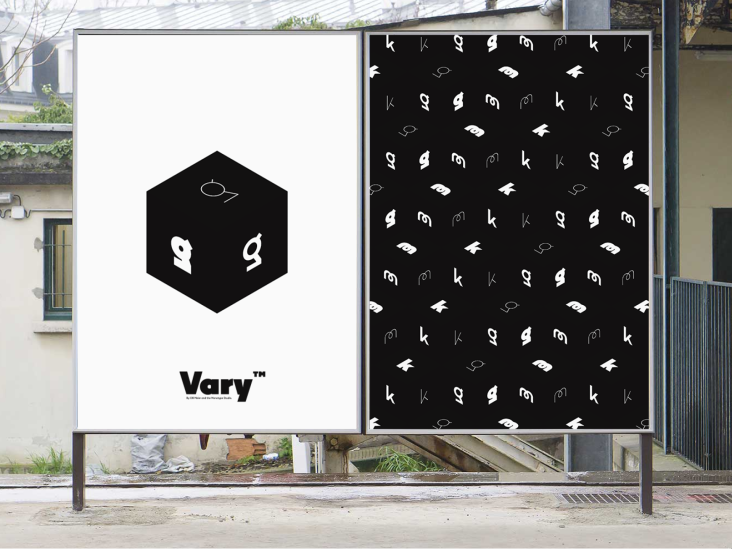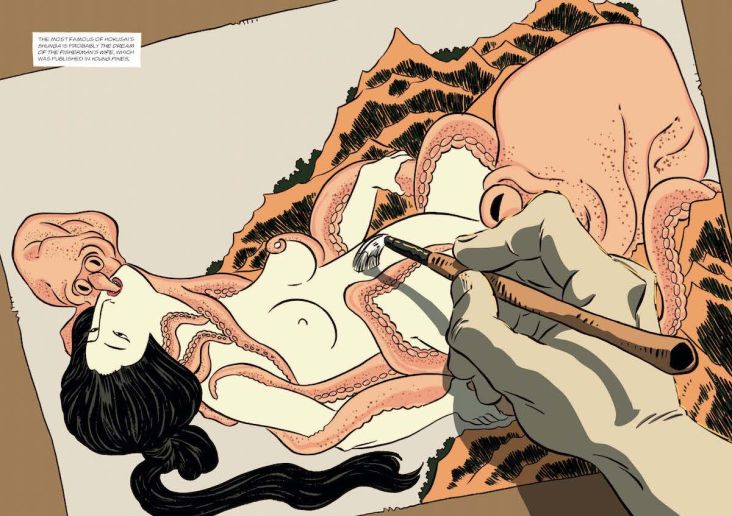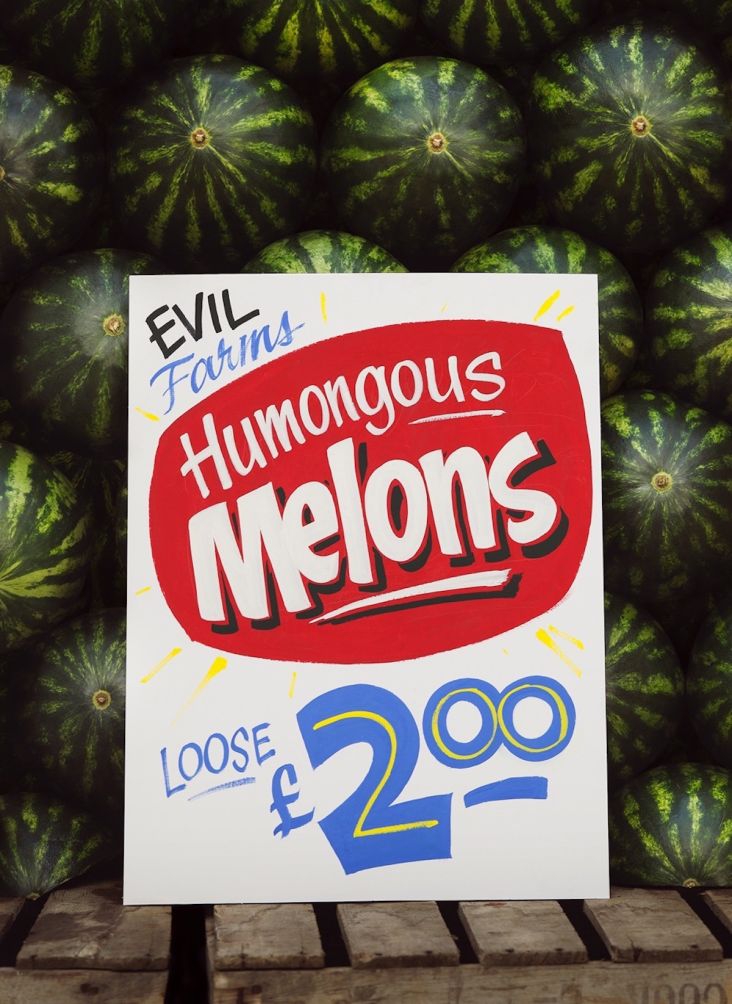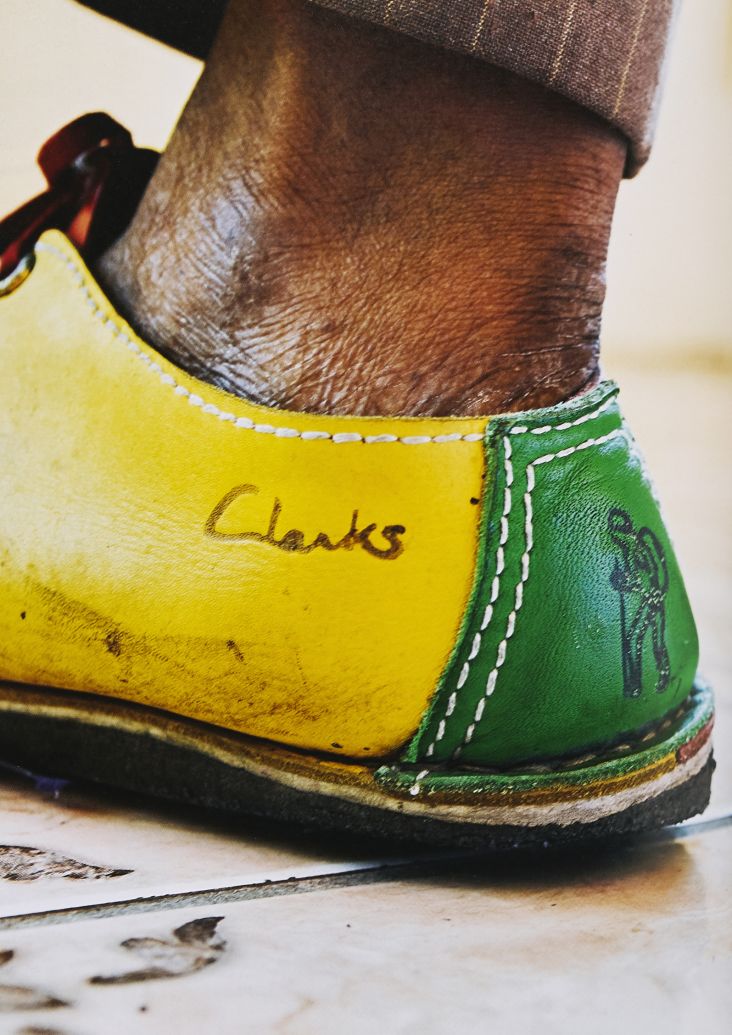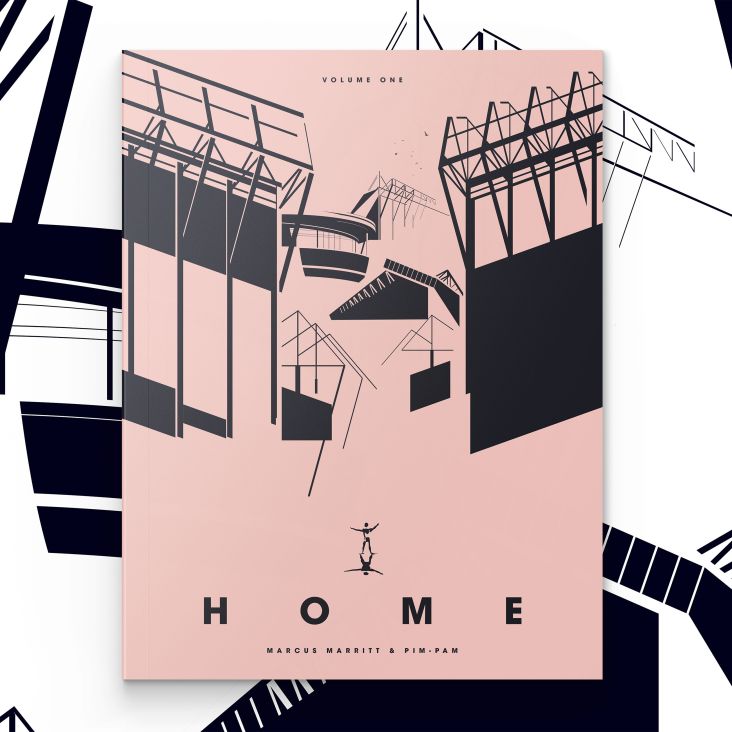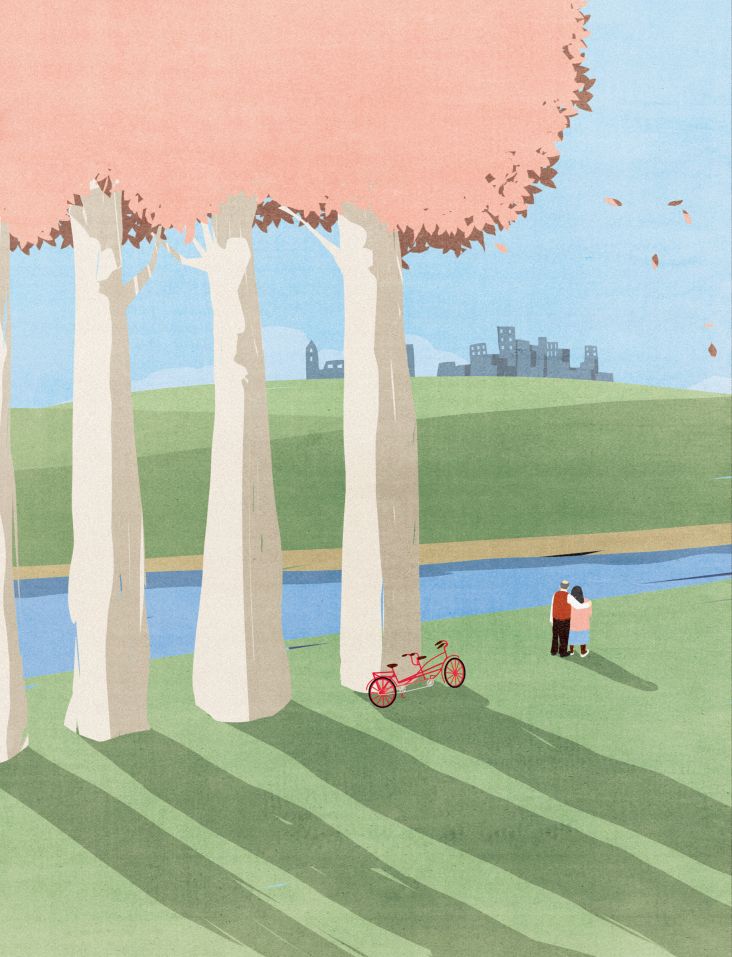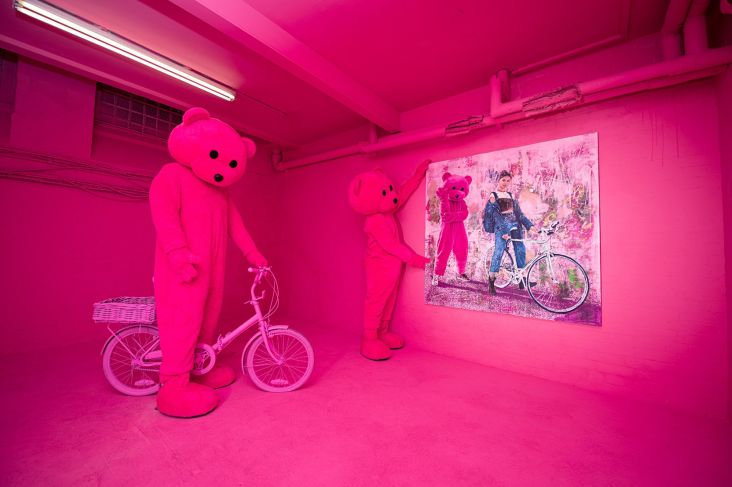50 motion design resources that creatives actually use
The web is full of free resources that can help motion designers, from free plugins to informative podcasts. But there's a lot of rubbish out there, and you don't want to waste your time. So we decided to ask real-world motion designers for their recommendations.
](https://www.creativeboom.com/upload/articles/f0/f0f308a3b5762daee77cfaf7747adbaf8bacca1c_1280.png)
Image credit: Andrius Vizbaras
Whether you're a beginner at motion design or a seasoned professional, you'll find 50 great resources here to help you. Some are paid-for, most are free, but they've all been road-tested by people working in the industry and lived up to their promise.
To prepare this article, we teamed up with an expert in the field. Created is an online academy whose hands-on motion design courses are delivered in partnership with some of the biggest and best names in the industry. On their Motion Design Pro and Motion Design Foundation courses, you'll develop all the skills you need to succeed, not to mention an interview-ready portfolio. (Created also offers UI and UX Design courses, if that's your jam.)
Some of the best resources for motion design can be found on the Created website itself, which is packed with useful tips on everything from how to get an internship in motion design studio to how to bag a job as a motion designer or how to even become a motion designer, not to mention 5 unexpected jobs for motion designers. Check it out today! In the meantime, here are 49 more resources you might find useful.
Free models for motion designers
There are lots of free 2D models available online. But as Created mentor Tom Kilburn, a freelance animator and illustrator based in Tokyo and London, explains: "Generally, 2D models are the type of assets that animators, illustrators or designers would be creating themselves." However, 3D models can be a great timesaver for motion designers, helping you get started and saving you from having to reinvent the wheel, time after time.
“Turbosquid, CGTrader and 3DmodelHaven are all great resources for finding free 3D models,” says Tom. "The first two are predominantly for purchasable assets, but there is still a wealth of content on the sites." Meanwhile, Created graduate Joe Blaxland, a creative director at Crazy Paving, recommends Three D Scan and Sketchfab as good places to find 3D models for free.
Free plugins for motion designers
There are lots of free plugins available for motion design software, but don't go overboard, cautions Tom. "Most plugins that are robust and useful generally have a relatively small price tag attached," he cautions. This can be difficult to justify when you're just starting out learning or animating as a hobby, but as a professional, the time-saving qualities of most plugins justify the price within a few hours! Paid-for plugins I wouldn't want to live without include the following:
- Timelord, which provides workflow enhancements between After Effects and Photoshop / Animate;
- Overlord, which provides workflow enhancements between After Effects and Illustrator;
- Motion: the most helpful extension for motion designers using Adobe After Effects;
- Joysticks' n Sliders: a pose-based rigging system for After Effects; and
- Penpal: which provides "path-editing enhancements".
That said, some free plugins are definitely worth a try. Joe offers four recommendations from his personal toolkit. "In After Effects, I use Text Evo for quick text animation and Duik for character rigging, and much else besides: the animation kleaner is superb," he says. "I've also used Bodymovin and Lotte for one project, and I am keen to use it more as the results are amazing." Meanwhile, Created mentor Maurizia Carrera, a freelance motion designer based in London, makes great use of Video Copilot's FX Console, a quick After Effects search tool, and Saber, which helps you create energy beams, lightsabers, lasers and more.
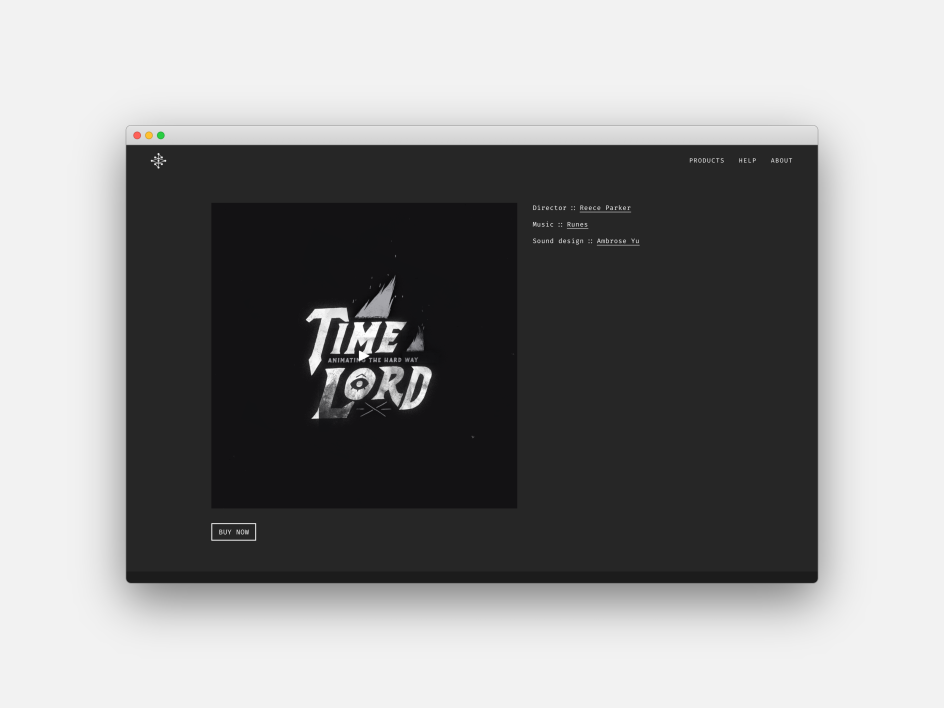
Timelord
Tools for motion designers
Plugins are not the only free tools that can be useful to motion designers. Maurizia uses Notion, an all-in-one workspace app, to keep all her resources organised. She also uses five free apps for colour inspiration, namely the colour wheel tools Adobe Color and Color Supplyyy; Coolors, a fast colour scheme generator; the palette inspiration platform Color Hunt, and Instant Eyedropper, a colour detection tool for the web.
Also, have you considered Pinterest for organising your sources of inspiration? "I'm a big Pinterest fan," says Tom. "It's really useful to be able to create mood boards on a project-to-project basis, and it replicates the exploratory nature of old bookmarking sites like the now-defunct ffffound.com."
Created graduate Laura Sybre, a freelance 2D motion designer at WeAreSeventeen also uses Pinterest, as well as Evernote and Are.na, to save and organise her visual research.
Laura explains: "It's very important to my work to save beautiful or meaningful pieces of content, words, thoughts, pics, like placing them in a bucket. Then I'll bring them out, like a rabbit from a hat, to help me visualise what I'm trying to develop from my own imagination. This happens mostly when I need to come up with creative direction and art direction solutions, such as the stage where the idea is still in exploration: not well defined, but broad."
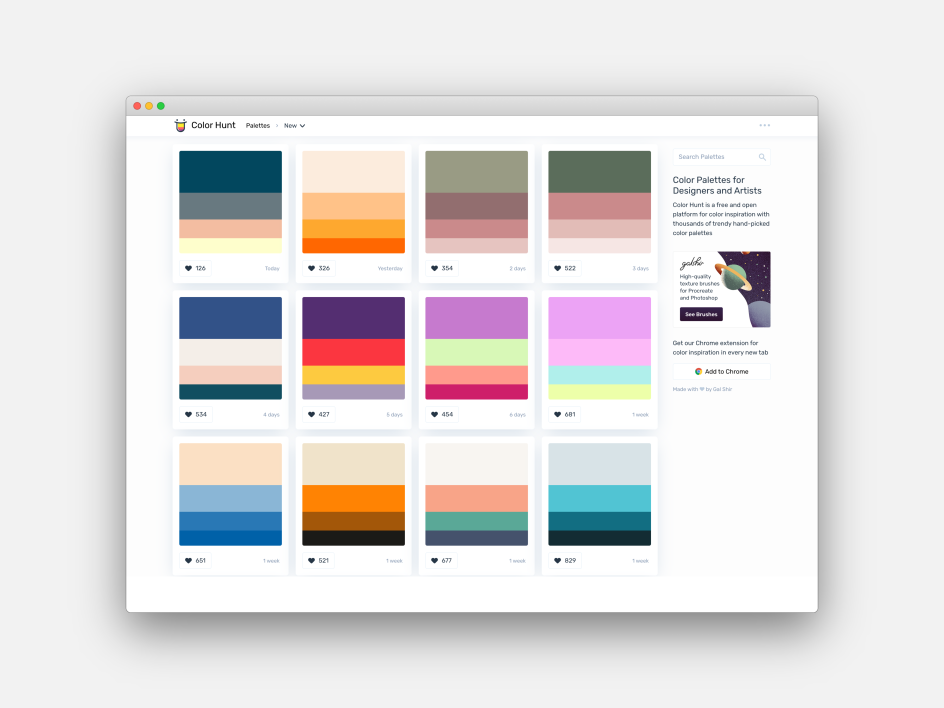
Color Hunt
Podcasts for motion designers
Podcasts are a great way to keep in touch with the latest animation and motion design trends, and one of the most popular is Motion Hatch, a bi-weekly show hosted by Hayley Akins. "I've listened to quite a few of the episodes and have found those useful for improving my process, both in terms of my professional practice and how I manage my business," says Joe.
Maurizia suggests also checking out Greyscalegorilla, which covers motion design, 3D rendering, Cinema 4D and the business of motion design; and Animalators, which offers "curious conversations from the world of animation".
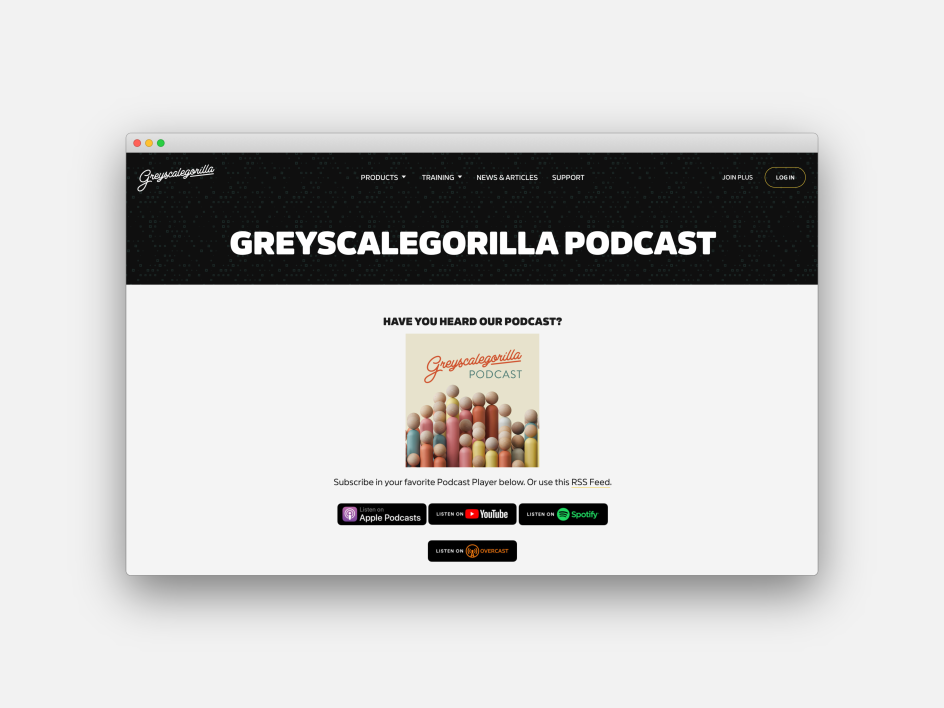
Greyscalegorilla Podcast
Tutorial videos for motion designers
Need to learn new techniques or refresh your existing skills? YouTube is packed with great tutorials. "My two After Effects go-to's are the YouTube channels of Ben Marriott and EC Abrams," says Joe. "For Blender, meanwhile, I watch Andrew Price, aka Blender Guru; I'd also recommend his newsletter, which has lots of useful information."
Maurizia, meanwhile, highlights the self-explanatory Maxon C4D Quick Tips, Hellolux for VFX and motion graphics, Division05 for design and motion graphics, and Mt. Mograph, The Rusted Pixel and Ukramedia for motion design tutorials.
That said, remember that YouTube is not the only place to find motion design tutorials. As well as YouTube channel Eyedesyn, Tom recommends Greyscalegorilla for Cinema 4D tutorials, while Created graduate Laura Sybre is a big fan of Domestika 's courses. "YouTube is great as it provides free tutorials for specific things, but I like Domestika because it has very specific and single-topic courses that are very affordable," she explains.
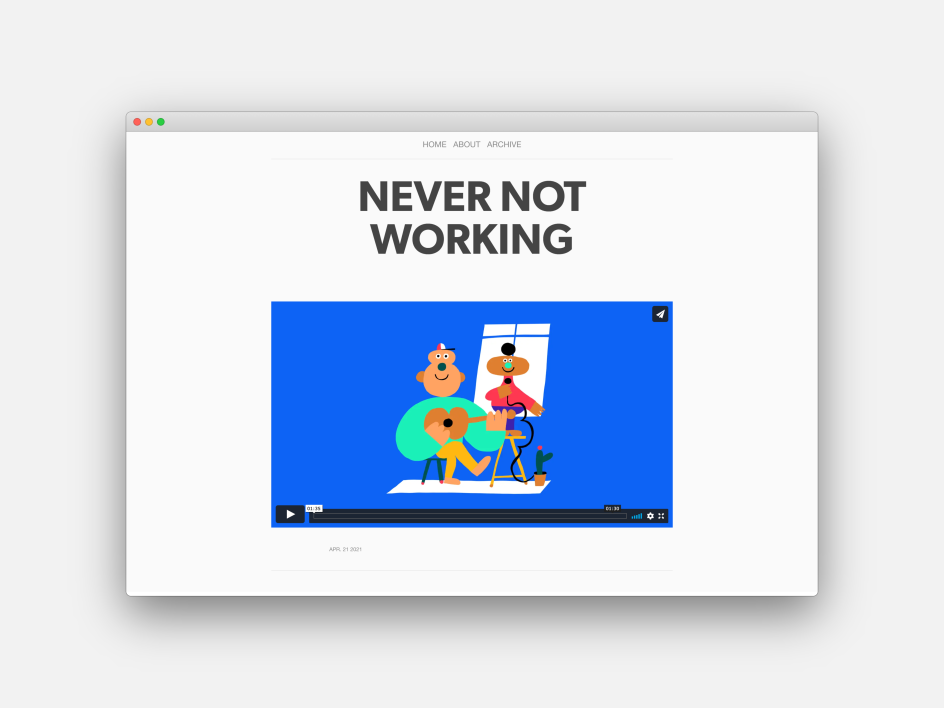
Never Not Working
Websites for motion design inspiration
We've covered how to organise your sources of visual inspiration, but where do you find them in the first place?
"I find Vimeo staff picks very useful, as well as Instagram, Linkedin and Behance," says Laura. Tom recommends Wine After Coffee and Never Not Working: "two great blogs hosting a wealth of fantastic animation."
Finally, Maurizia Carrera endorses the motion design blog Motionographer, the Art of the Title for beautiful credits sequences, Animation Screencaps for colour palette inspiration and composition, and Screen Movie Caps for movie title design.
If you'd like to find out more about studying Created's Motion Design Pro or Motion Design Foundation courses, visit Created.academy.





 by Tüpokompanii](https://www.creativeboom.com/upload/articles/58/58684538770fb5b428dc1882f7a732f153500153_732.jpg)

 using <a href="https://www.ohnotype.co/fonts/obviously" target="_blank">Obviously</a> by Oh No Type Co., Art Director, Brand & Creative—Spotify](https://www.creativeboom.com/upload/articles/6e/6ed31eddc26fa563f213fc76d6993dab9231ffe4_732.jpg)


](https://www.creativeboom.com/upload/articles/21/212b36fa1d576a9ea1aeb322ef0cffd6a5009e61_732.png)






